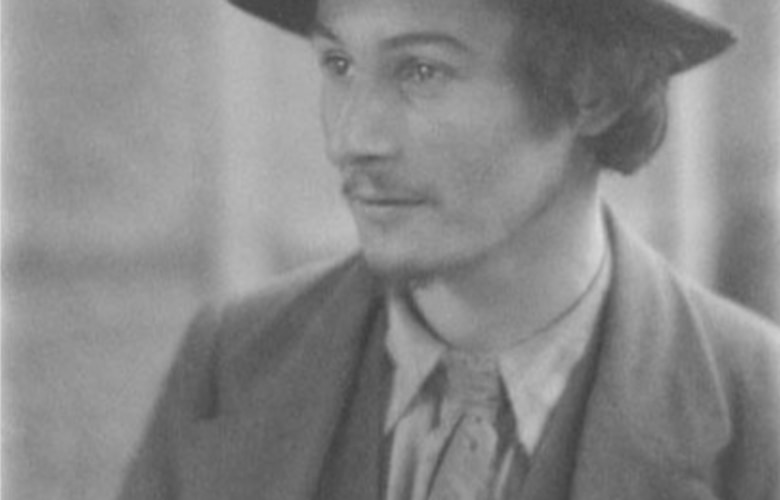
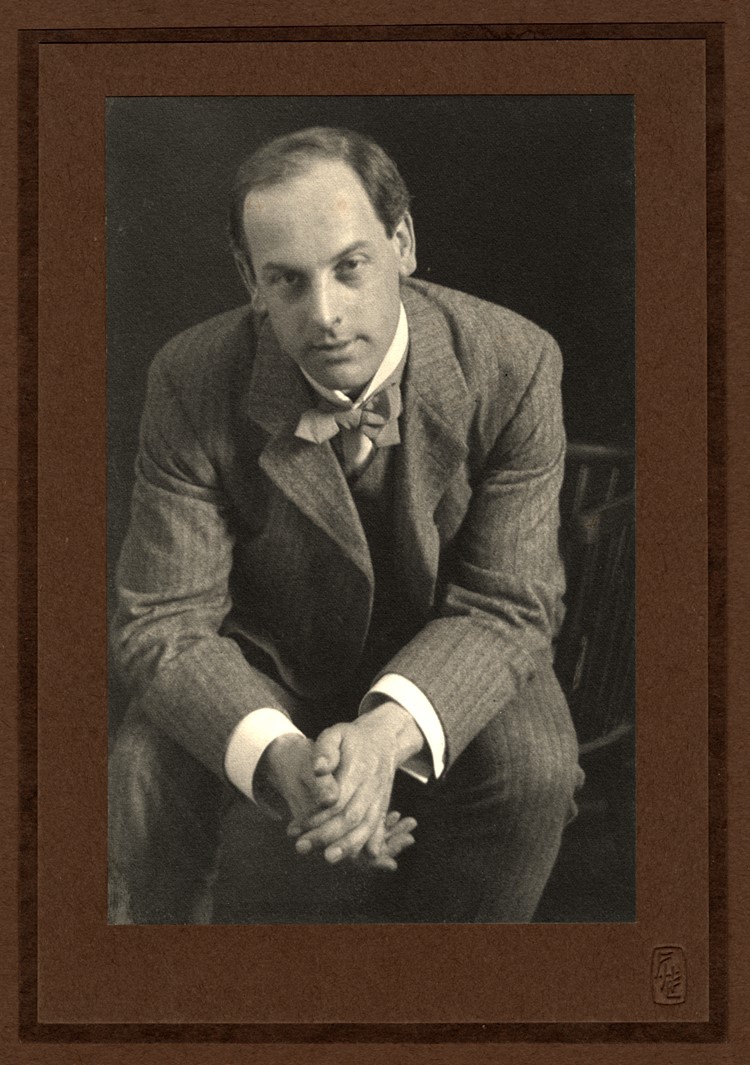
Fig. 1 F H Evans, Walter Benington (c. 1908)
Platinum print 185 x 119 mm. (photo: © The Benington Collections)
Walter Benington (1872-1936) was a major Pictorialist and a leading member of the Linked Ring with the title Housetopper. He subsequently built up a substantial reputation as a portrait photographer – sitters included the actress Ellen Terry, the dancer Margaret Morris, Albert Einstein, Sir Arthur Conan Doyle and many of the leading artists of the day such as Frank Dicksee. Note 1
He also began working with Jacob Epstein in creating a photographic record of his sculptures including Maternity (1910) The Rock Drill and The Tomb of Oscar Wilde. Fig 2 Note 2
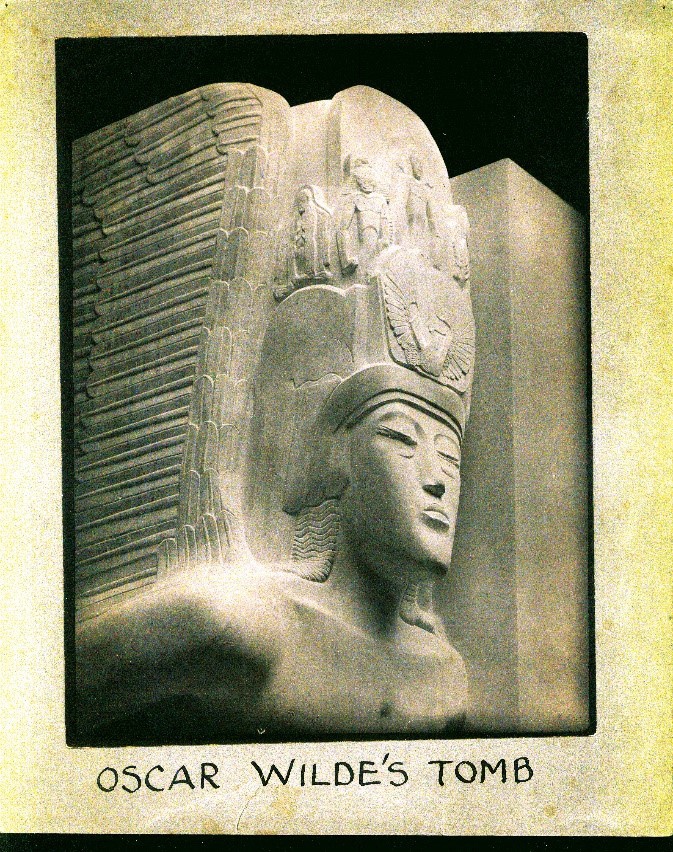
Fig. 2 Walter Benington, Epstein’s Oscar Wilde’s Tomb (photo: © The Benington Collections)
Henri Gaudier-Brzeska had come to London in 1910 and rapidly established himself as an important artist. He was supported by the literary critic and keen photographer, Haldane Macfall who sat for him. Macfall introduced Benington to Gaudier. Benington, who had already begun to work with Epstein in creating a photographic record of the sculptor’s work, began a similar task for Gaudier. Benington photographed a significant number of Gaudier’s sculptures making a detailed list of the glass negatives he had prepared. He also prepared good quality Colotype prints to help promote Gaudier’s work and to supply newspapers with publicity. Note 3
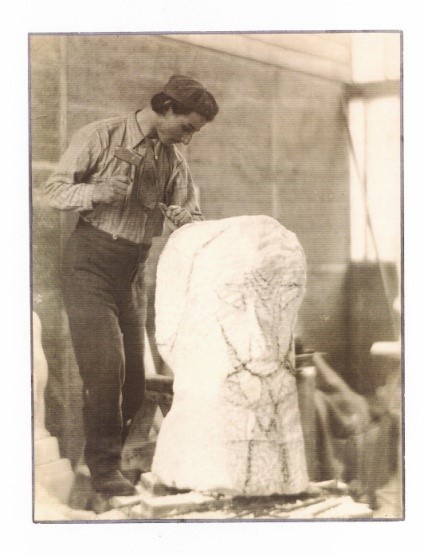

Fig. 4 Excerpt from Record of Photographs of Gaudier Brzeska and his Sculptures by Walter Benington, of 39, Brook Street, London with additional notes
In Fig. 4 we have the first three entries of Benington’s list. We have added reference to Dr Evelyn Silber’s essential study, Gaudier-Brzeska: Life and Art - With a Catalogue Rainone of the Sculpture 1996. We also note the location of the glass negatives in the Conway Library and Benington’s original photographic prints in the Tate Britain Archive.
Of particular interest is item 3 – “Weeping Woman” Fig. 5 which has subsequently disappeared leaving Benington’s photograph as its only record. Note 4
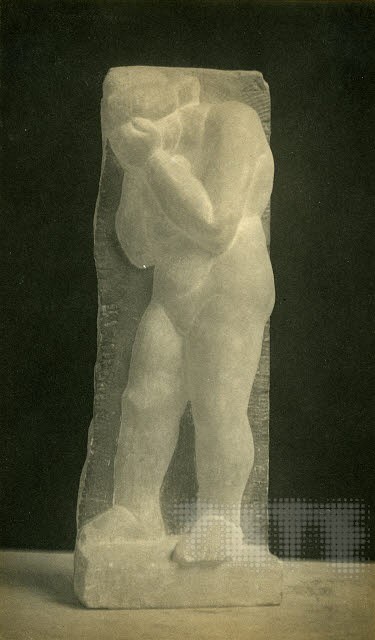
Fig. 5 Walter Benington, Henri Gaudier-Brzska “Weeping Woman.”
At the outbreak of WW1, much to the distress of his friends, Gaudier returned to France for military service. His death was reported with impressive simplicity:
"Henri Gaudier-Brzeska: after months of fighting and two promotions for gallantry, was killed in a charge at Neuville St. Vaast, on June 5th, 1915." BLAST July 1915
Ezra Pound
Pound published his Memoir Fig. 6 declaring:
"…. Mr Benington’s camera has the better of me, for it gives the subject as if ready to move and to speak, whereas I can give but diminished memories of past speech and action.” (1916, 35; 1960, page 38)
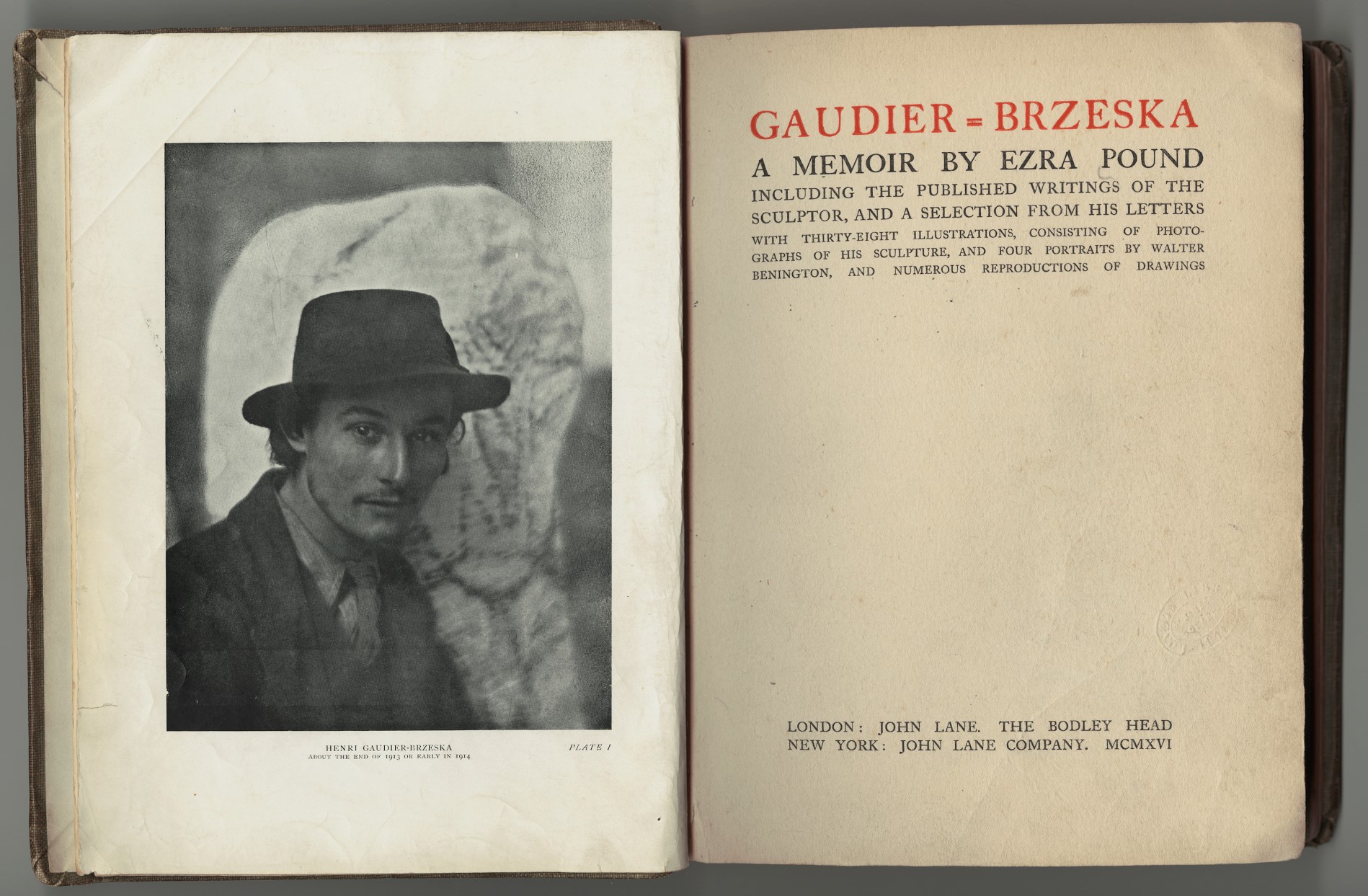
Fig. 6 Gaudier-Brzeska, A Memoir by Ezra Pound
Responses to Pound’s publication were not enthusiastic. The critic, A R Orage declared that “The book has a value for the photographs of Brzeska’s work.” However, he roundly condemned Pound “…. I deny that you have said a single intelligible thing about the art of Gaudier-Brzeska, or have contributed even the beginnings of a criticism of his work” The New Age, No. 19, 22 June 1916: 82
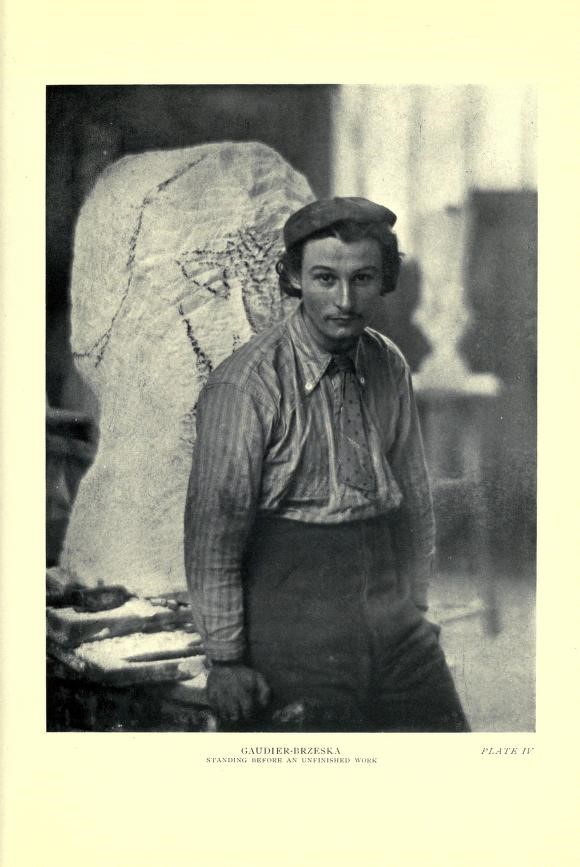
Fig. 7 Henri Gaudier-Brzeska “Standing before an unfinished work” from Gaudier-Brzeska, A Memoir by Ezra Pound.
As Orage had indicated, the value of Pound’s publication lay in the photographs of Gaudier’s work by Benington. In addition to the Frontispiece in Fig. 6, Pound also reproduced portraits of Gaudier himself including Fig. 7 Henri Gaudier-Brzeska “Standing before an unfinished work” and Figs. 8 & 9
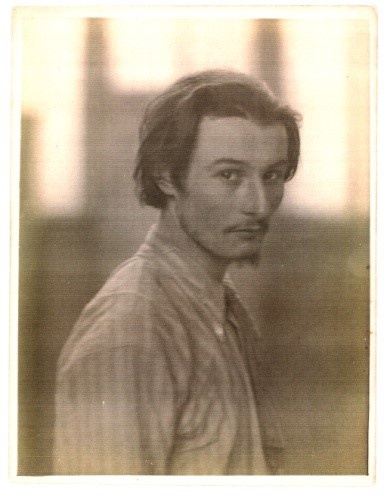 Fig. 8 Walter Benington, Henri Gaudier-Brzeska
Fig. 8 Walter Benington, Henri Gaudier-Brzeska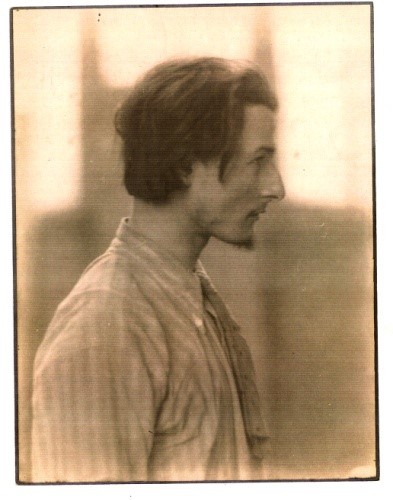
Fig. 9 Walter Benington, Henri Gaudier-Brzeska
Interestingly, Pound did not include Fig. 3, Gaudier at work on the “Head of Ezra Pound.” (1914) in the Memoir in 1916 although he later included it as the Frontispiece of the Gaudier Memorial Exhibition at the Leicester Galleries in 1918,
In addition to the portraits of Gaudier, Pound also included some twenty of Benington’s photographic studies of Gaudier’s sculptures including -
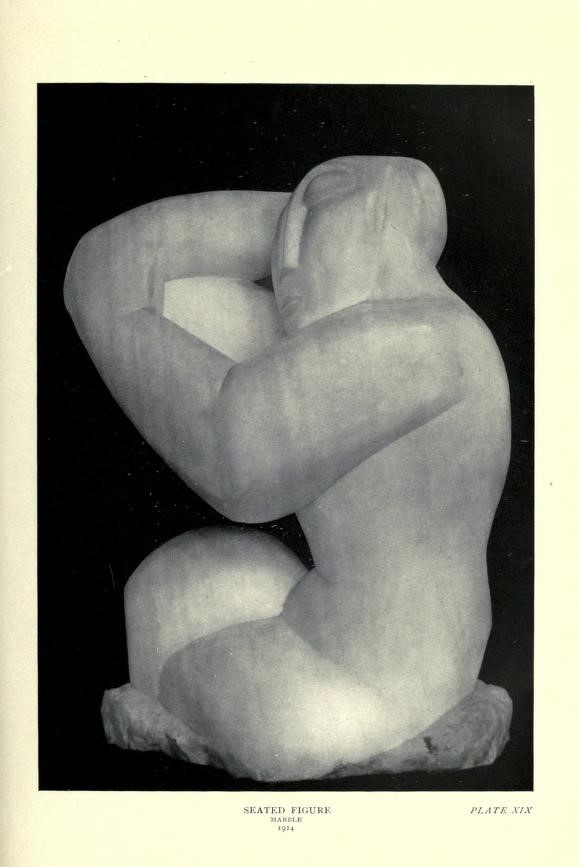
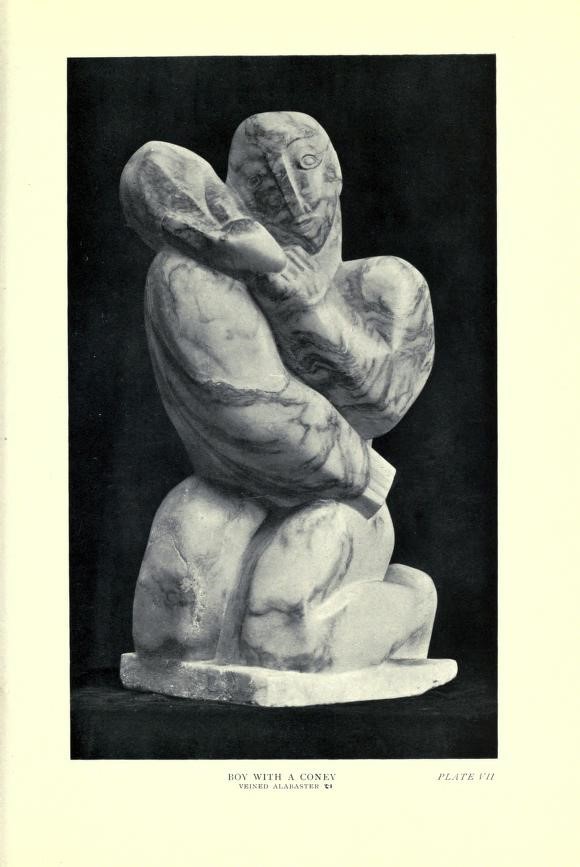
H S (Jim) Ede
The next major milestone in commemorating Gaudier’s death and celebrating his work was prepared by H S (Jim) Ede, a junior member of staff at the National Gallery of British Art (Tate Gallery from 1932) who had become fascinated by the Gaudier story. He had not met him in person but gathered a significant amount of evidence through the acquisition of the Gaudier collection which, on Gaudier’s death had passed to Sophie Brzeska. When Sophie died in testate the collection became Crown property and Ede, recognizing the extraordinary treasures in the collection, gained ownership of it through his understanding of the “system”.
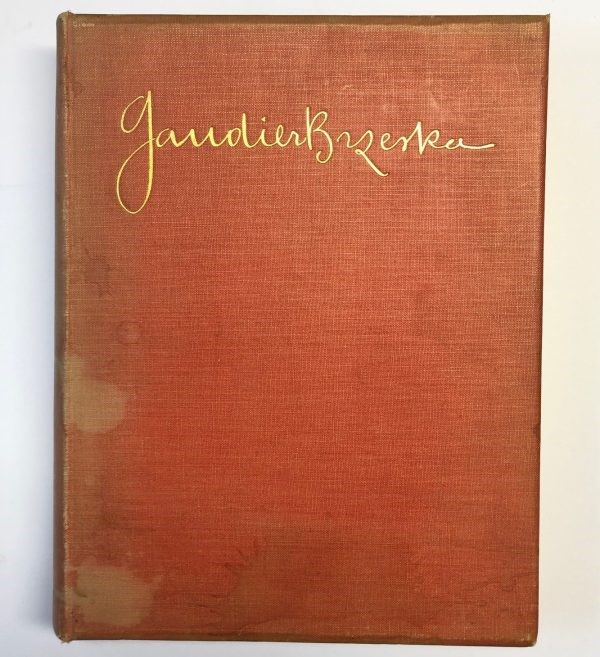
Fig. 12 H S Ede’s The Life of Gaudier-Brzeska (1930)
In 1930 Ede published an elegant, limited edition of The Life of Gaudier-Brzeska. Note 5
Amongst others, Ede did reproduce Benington’s portrait of Sophie Brzeska Fig. 13
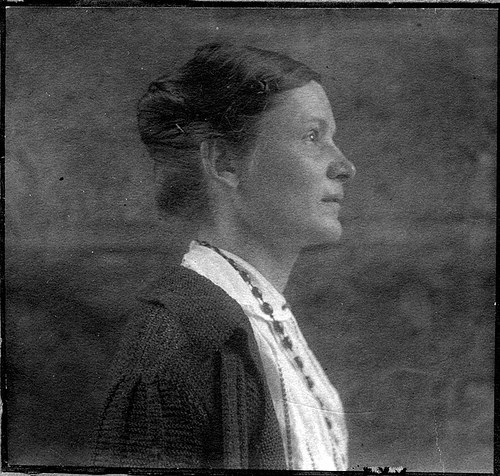
Fig. 13 Walter Benington, Sophie Brzeska (nd)
From H S (Jim) Ede, The Life of Gaudier-Brzeska 1930.
In 1931, Ede produced a “popular” version of the Gaudier story with the dramatic title, Savage Messiah. The few illustrations were tucked at the back of the book. Savage Messiah remains in print today – 2025.
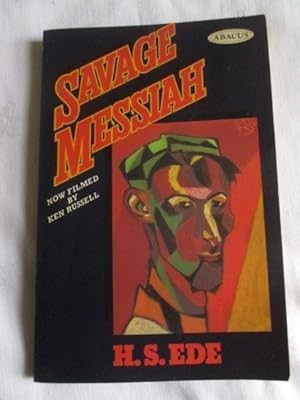
Fig. 14 H S Ede Savage Messiah. This edition was published to coincide with Ken Russell’s 1972 film.
Horace Brodzky
The third significant early version of the Gaudier story was Horace Brodzky’s very personal commentary which was not published until 1933. Brodzky had known Gaudier well and wrote with real authority. Writing to Haldane MacFall, Brodzky complained that Pound and Ede had misrepresented the “real” Gaudier. – Victoria & Albert Museum, National Art Library Document reference: MSL/1947/4; MSL/1966/471; MSL/1965/2103.
He used over thirty of Benington’s collotypes provided by the Leicester Galleries to illustrate the text but did not include any portraits.
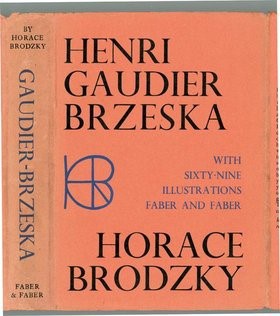
Fig. 15 Horace Brodzky, Henri Gaudier Brzeska (1933)
Keeping track of Benington’s portraits of Gaudier
When Benington died in February 1936, his widow was concerned about how to manage the substantial archive of glass negatives and prints. She sought advice from a local Oxford friend, the artist Archie Utin who appears to have taken responsibility for them. In December 1972, Utin wrote to the National Portrait Gallery with a list of Benington’s six portraits of Gaudier – see Fig 16. At some stage later, the main body of the glass negatives of Benington’s work with Epstein and Gaudier was received into the Courtauld Institute in London.
The collection of six portraits of Gaudier and three sculptures Fig 16 became detached from the main portfolio and effectively disappeared.
|
H.G.B. profile |
see Fig 8 |
|
H.G.B. front |
see Fig 7 |
|
H.G.B. working on carving |
see Fig 2 |
|
H.G.B. in a hat |
see Fig 5 |
|
H.G.B. in a hat |
|
|
H.G.B. in a beret |
see Fig 6 |
|
Sleeping fawn in marble |
|
|
Bas relief of two figures |
|
|
A fawn |
|
Fig. 16 Photographs of Henri Gaudier Brzeska by Walter Benington
We shall rediscover the “missing” portfolio shortly.
All at sixes and sevens
An exploration of the Gaudier memoirs by Pound, Ede and Brodzky and other tributes to the artist have identified other photographic portraits of Gaudier including two which did not fit the description listed at Fig. 16
Prompted by the late Mike Weaver who had remembered the images from his days at the University of Exeter, I tracked down the two original portraits of Gaudier with sculptures. They were the work of Edward Cahen, an enthusiastic amateur who enjoyed photographing medical colleagues at work and also persuaded artists to sit for him. Ede had included them without credits in The Life of Gaudier-Brzeska (1930)
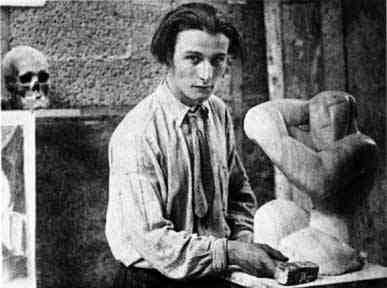
Fig. 17 Edward Cahen, Gaudier- Brzeska with Seated Woman
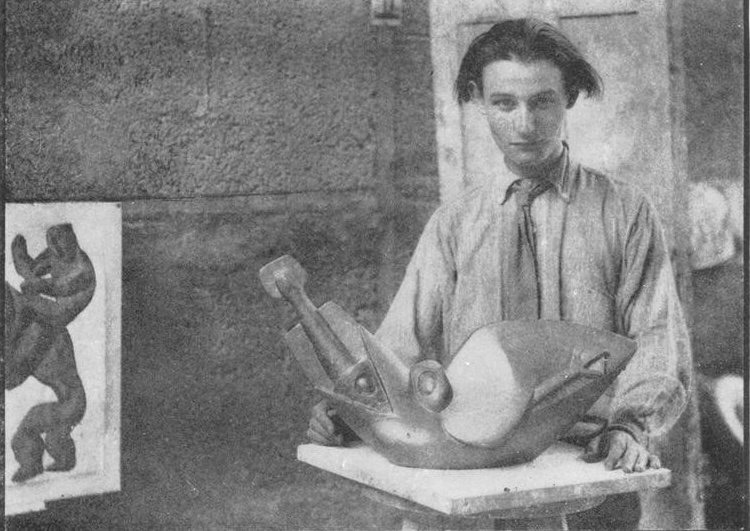
Fig. 18 Edward Cahen, Gaudier -Brzeska Gaudier with Bird swallowing
(also used by Pound in his Memoir)
If we have discounted the two portraits by Cahen, we are back to five identified portraits of Gaudier as listed in Fig 16. Where was the sixth portrait?
Fig 19 provided the answer:
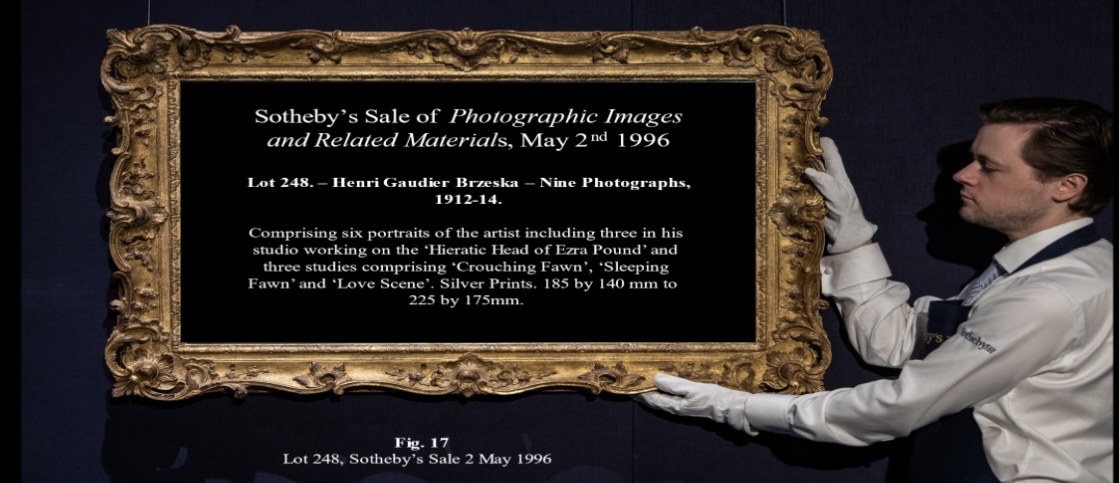 Fig 19 Lot 248 at Sotheby’s Sale of Photographic Images and Related Materials
Fig 19 Lot 248 at Sotheby’s Sale of Photographic Images and Related Materials
The purchaser was the well-known collector, Quentin Keynes who most generously invited me to study the prints and to prepare a brief narrative about their significance.
It was good finally to meet the “new” Gaudier:
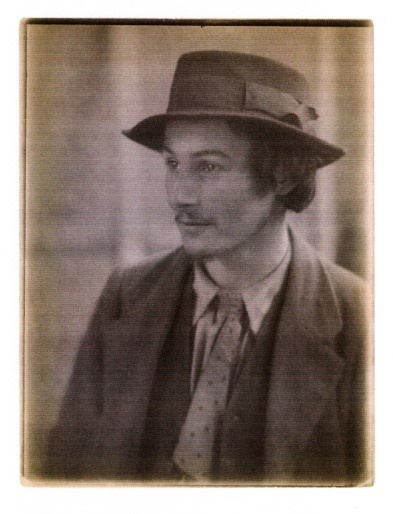
At last, we could celebrate the “missing” portrait and begin to ask why he had not previously been seen in public.
Had Pound rejected him because this portrait of Gaudier truly “left him out of the picture”?
Had Ede concluded that such a calm and thoughtful artist did not promote the Gaudier who would, shortly, become the Savage Messiah?
Had the little portfolio just “disappeared” until 1996?
Sadly, Quentin Keynes died in 2003 and the project had to be paused until the small portfolio became available again. This did indeed happen when it was offered as Lot 759 in The Quentin Keynes Collection sale at Christies on 7 - 8 April 2004. With an estimated price £800.00 to £1,200.00 one might possibly have entertained thoughts ….
The actual Price Realised was £16,730.00,
Fortunately, a transatlantic colleague had kept track of developments and put me in contact with the new owners of the portraits – the Archive of Modern Conflict in London. With their generous help, I was able to finish my article and it was published in Sculpture Journal in 2013.
Revisiting the search for Benington’s “missing” portrait of Gaudier has also reminded me of the generosity of so many institutions including the Archive of Modern Conflict, the National Portrait Gallery, the Courtauld Institute, Tate Britain Archive, the Henry Moore Institute in Leeds and Kettles Yard in Cambridge plus so many individuals – my grateful thanks.
Rob Crow, PhD, FRPS
Notes
1. For details concerning Benington’s career see Crow, Rob (2012) “Restoring Housetopper: the case of Walter Benington” PhotoHistorian no. 164, Autumn 2012: 8-9 and Crow, Rob (2015) “Reputations made and lost: the writing of histories of early twentieth century British Photography and the case of Walter Benington.” PhD thesis University of Gloucestershire 2015 https://eprints.glos.ac.uk/id/eprint/2996
2. A significant number of Benington’s original glass negatives made of Epstein’s works have survived and are in the Conway Library of the Courtauld Institute. The glass negatives are in the process of being digitized.
3.. The majority of Benington’s glass negatives of his Gaudier’s work are now in the Conway Library of the Courtauld Institute. They are in the process of digitization. The prints are in the Archive of Tate Britain.
4. See Lewison, Jeremy “Gaudier-Brzeska’s Weeping woman” Burlington Magazine, Vol. CXXIX, No. 1006, April 1987: 243-245
Gaudier-Brzeska's 'Weeping Woman' (oclc.org)
5. The opportunity to examine the original draft of the volume at the Henry Moore Institute in Leeds was a delight as well as promoting respect for Ede’s management of his material. In the Gaudier Archive at Kettles Yard, I noted a settled Invoice in favour of Elliott and Fry for Benington’s photographs used by Ede in setting up the original publication.
